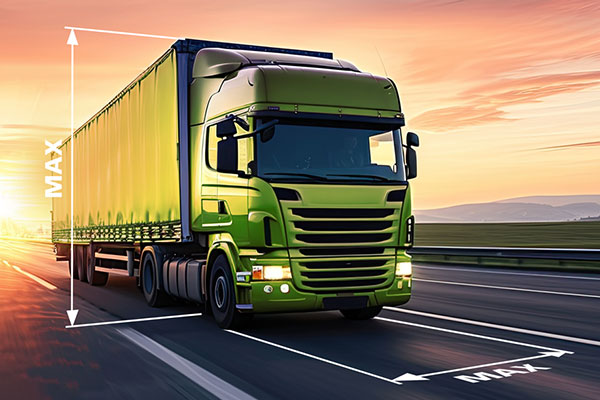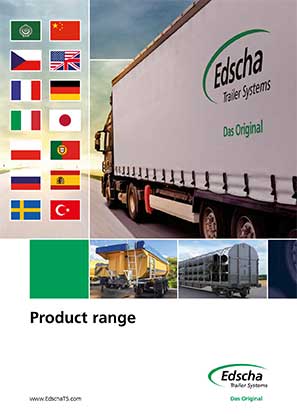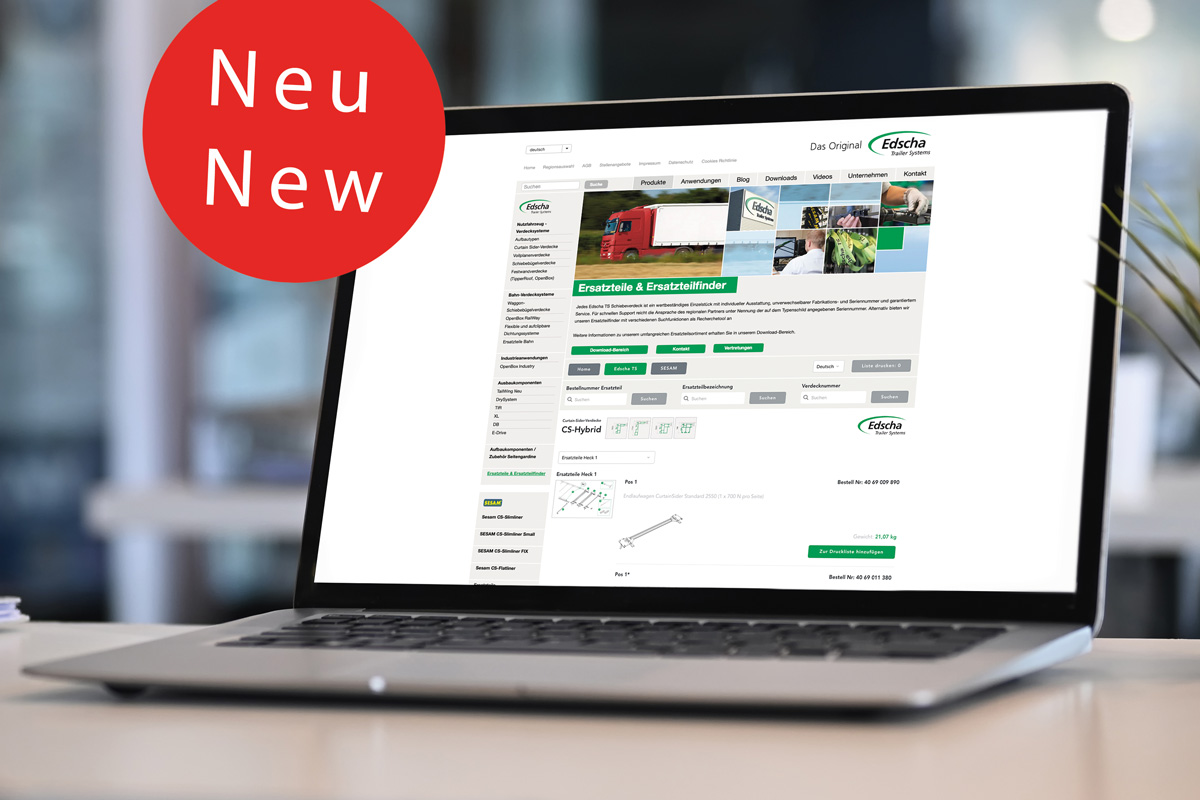Voluntary
Vehicle manufacturers or suppliers will also check the content of a standard in detail. In contrast to a legal regulation, however, the application of a standard is voluntary. A standard is a document that specifies requirements for products, services or processes. The properties are clearly described. All users who use a standard will use it in the same way. In this way, production can be rationalized and quality maintained at a high level. Standards only become binding when they become the content of contracts or when the legislator makes compliance with them mandatory.

More than just a sheet of paper
One of the best-known examples of standards is certainly the DIN format. Everyone knows DIN A4 (21 x 29.7 cm). Among other things, the standard ensures that paper fits into every printer, copier or stapler. A4 is the most commonly used paper format in Europe and Japan. It is therefore a fixed size that you can rely on. In the USA, on the other hand, US Letter is the preferred standardized size (21.59 x 27.94 cm).
It doesn't work without standardization
There is hardly an area of business and society that can do without standardization. Norms ensure standards, save time and costs and are a solid, calculable basis for economic success for every type and size of company. Common norms and standards are particularly important in logistics.
Many advantages
The challenges facing logistics are constantly growing. On the one hand, companies have to prove their competitiveness on a daily basis. On the other hand, challenges such as the debate on climate change must not be ignored. Added to this is the increasing cost pressure due to high transportation costs, such as fuel, tolls, environmental protection and much more. Intelligent solutions are therefore required, including the standardization of products, processes and procedures.
Making faster progress with standards
Market leaders, such as Edscha TS in the field of tarpaulin top systems, also rely on standards that are used worldwide when developing new or improved tops. This ensures the use of new technologies based on proven platforms. In this way, certain areas can be rationalized and quality significantly improved. It should not be forgotten that standards can also lead to new ideas and establish new solutions on the market more quickly. However, some vehicle manufacturers still rely on individual solutions.
Better market access
Acceptance and targeted demand on the market are the main guarantors of economic success. Norms and standards that are applied to Edscha TS tarpaulin cover systems, for example, also ensure faster production. The customer can therefore dispose of the canopies more quickly and use them immediately. The customer also knows that the proven quality is right and the technology is state of the art.
Standards need time
Standards also always indicate a high level of reliability of the information provided. The publication of a standard therefore generally takes a certain amount of time. This is because before a standard is declared a standard, working groups, specialists, lawyers, associations and many other "people" deal with the topic. The leading role is no longer played by the German DIN - The German Institute for Standardization, based in Berlin, but by its European successor CEN. CEN brings together all disciplines, experts and institutions that decide on norms and standards: Industry, politics, associations, research, politics. The institute pools European interests and incorporates them into international norms and standards.
Standards in the future
It is clear that standards are an integral part of economic success worldwide. Better still, the discussion about social and technological developments is constantly being pursued at a high level.






